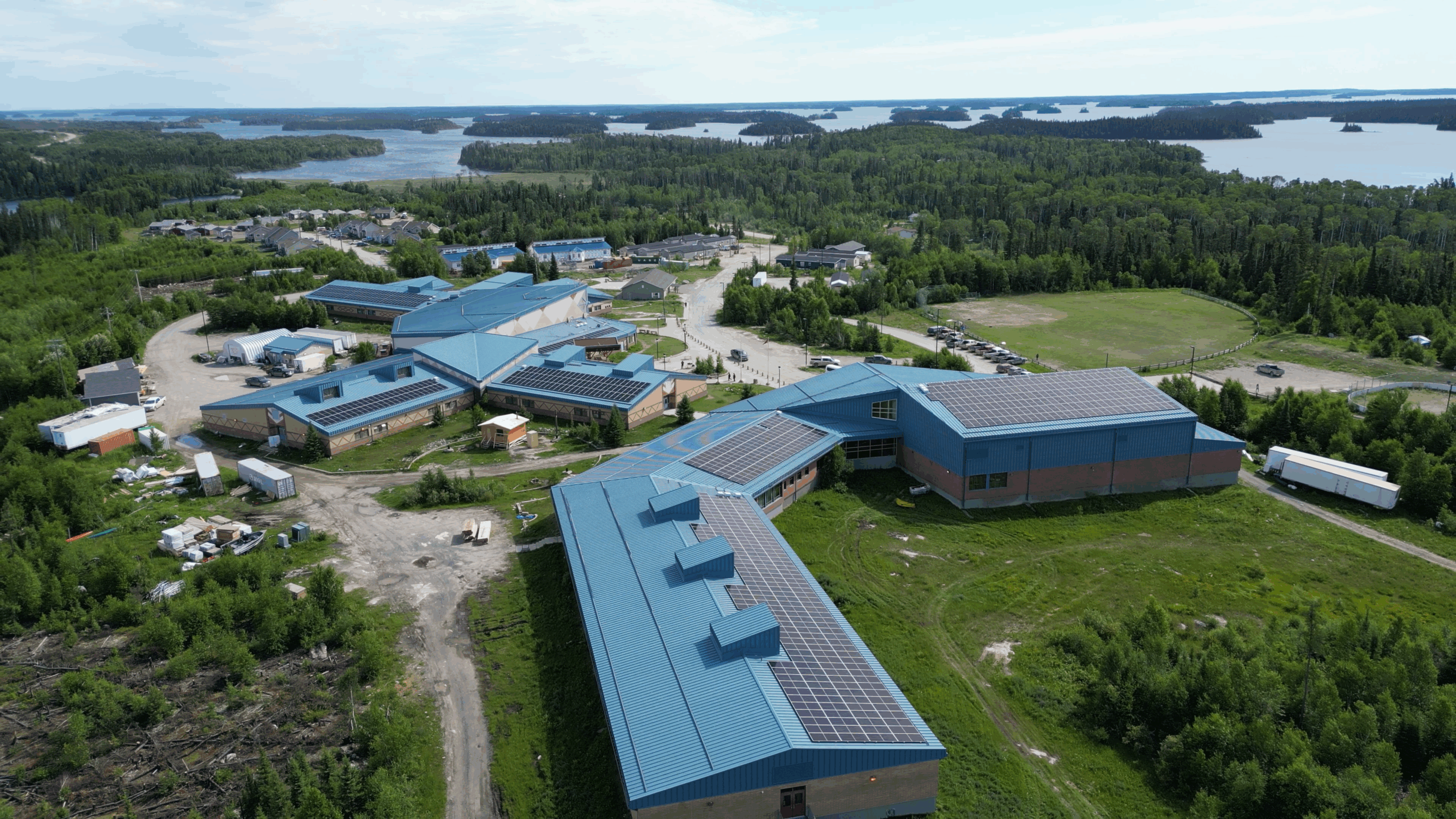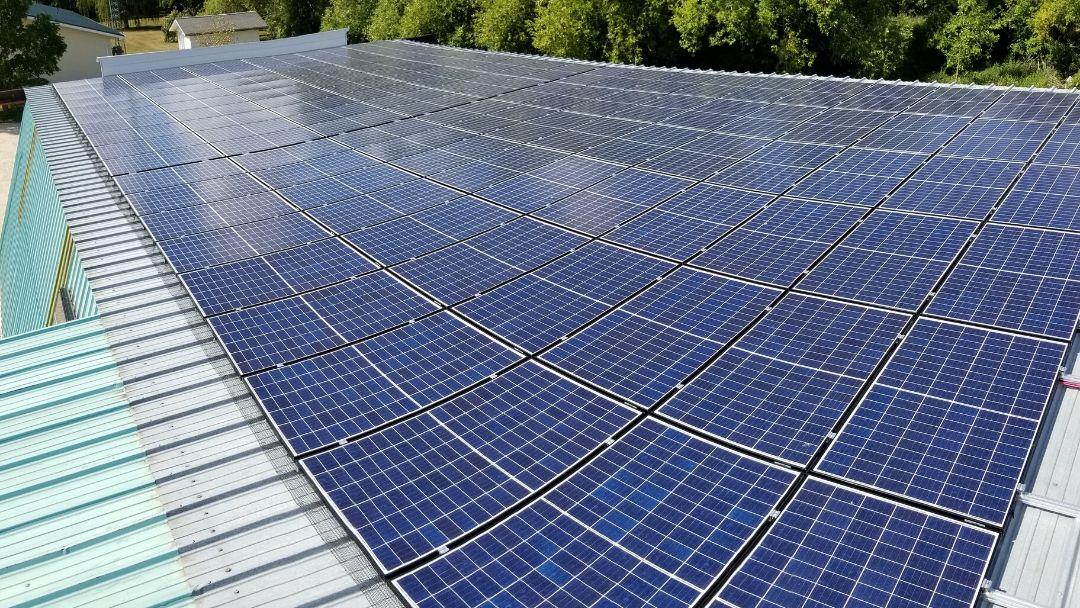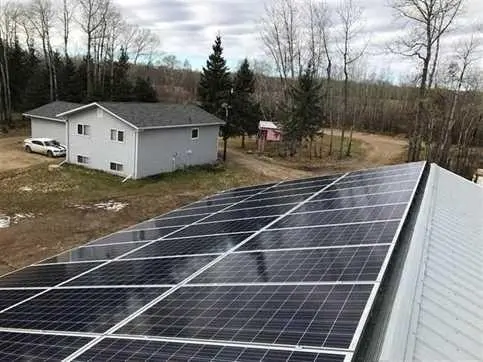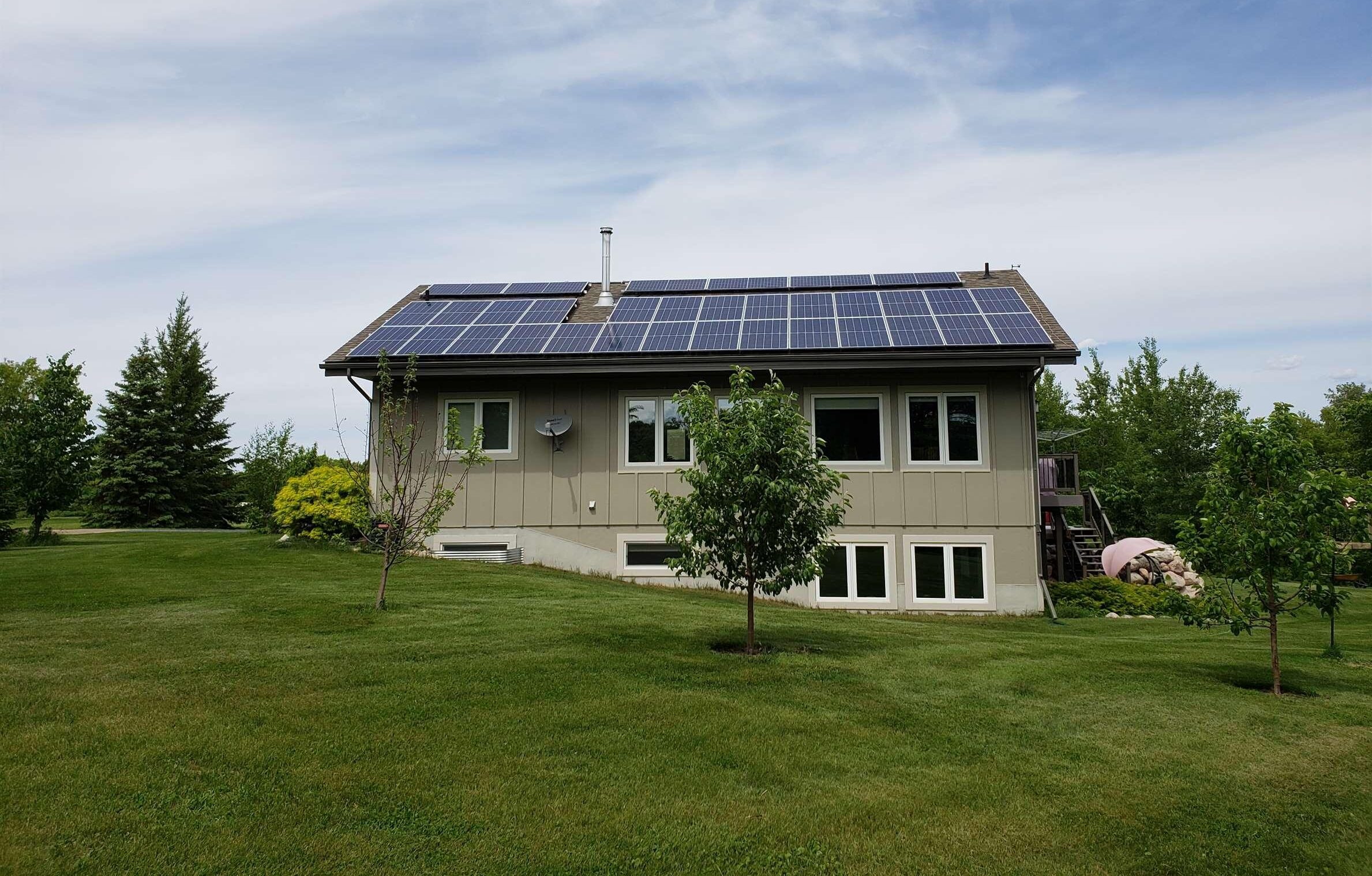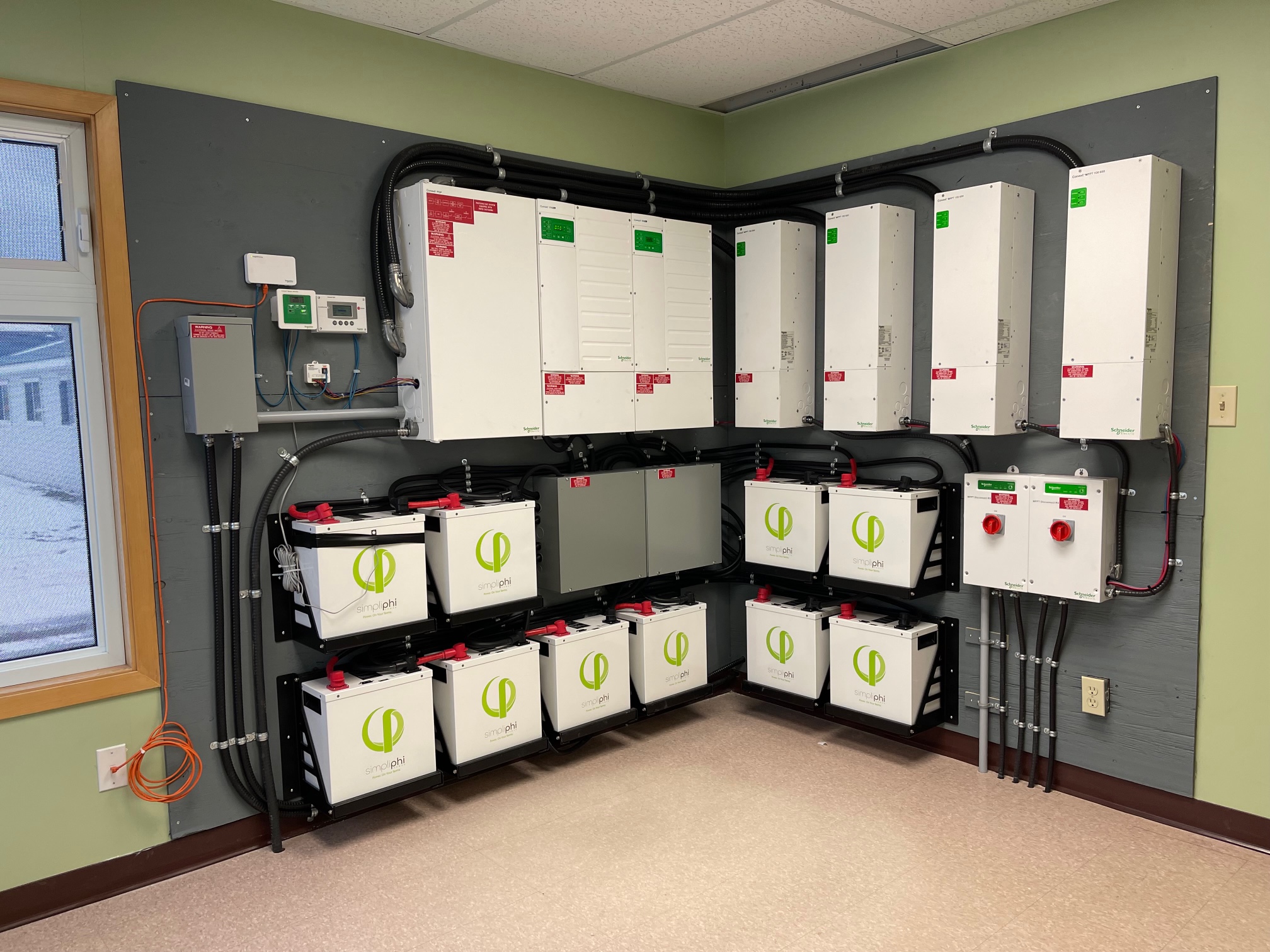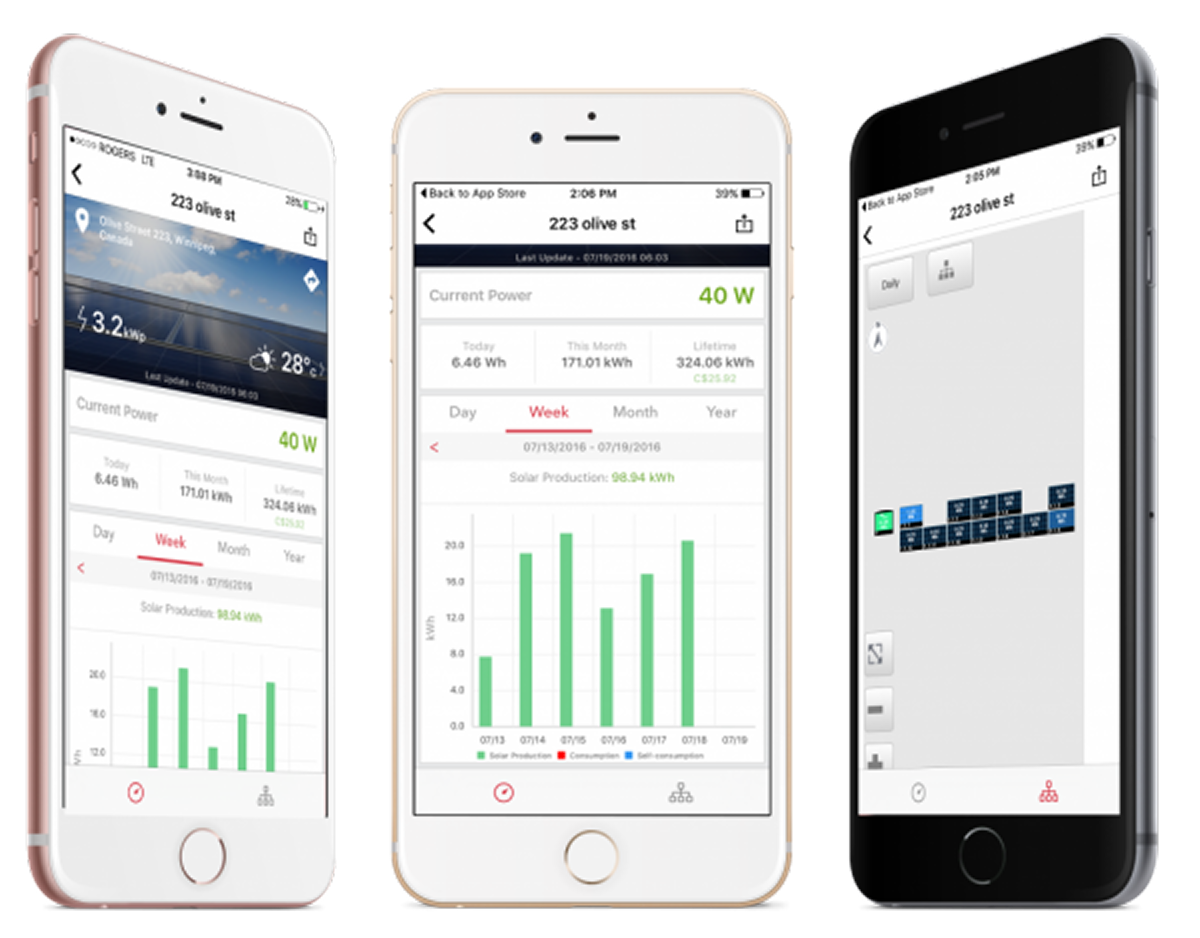





Renewable Energy Homeowner Grant Program
Renewable Energy Cabin Grant Program
Nunavut Housing Corporation Forgivable Loan
Clean Energy Technology Tax Credit
Residential Grid-Tie Systems With QEC’s Net Metering Program
Nunavut home owners can take advantage of QEC’s residential net metering program to tie into the grid. This means if you’re producing more power then you’re using (typical in summer) you can feed power back to the grid and build up credits. These credits can then be used at a later point in time when you’re using more power than you’re producing (typical in winter).
Save 50% or up to $30,000 with Government Subsidies
The Government of Nunavut has announced plans for a rebate program to subsidize the cost of solar for both homes and cabins.
Commercial & Institutional Power Producer Program (CIPP)
CIPP allows existing commercial and institutional customers to generate power from renewable energy systems, including solar, and sell it back to QEC. Customers can choose to interconnect at either the same point that’s currently used to power their facility or a different location. For more information, visit the QEC CIPP page.
Independent Power Producer Program (IPP)
This program allows eligible power producers outside the utility to generate electrical power via alternative energy systems, including solar, and sell it directly to QEC. For more information, visit the QEC IPP page.
Renewable energy and energy independence have become hot-button topics in our society. The need to create efficient energy production systems while mitigating harm to the environment is keenly felt throughout the world, and Rankin Inlet is certainly no exception. Since 1947, the average temperature in Nunavut has increased by 2.7 degrees, and thawing permafrost has threatened infrastructure, building foundations, archaeological sites and land-based travel. The unique flora and fauna of the region are also threatened by changes to the climate.
The Quilliq Energy Corporation (QEC) is Rankin Inlet’s sole supplier of energy; it operates 25 independent power grids for each of the territory’s communities. Nunavut is Canada’s largest region; it is, however, sparsely populated, so creating an interconnected territory-wide grid is not economically feasible. QEC relies almost entirely on diesel fuel imports to run it’s power generators; this is both costly and environmentally unsustainable. The independent grid system is also at risk, because when a power failure occurs it’s impossible to transfer power from another grid to sustain energy supply; QEC relies instead on emergency power generators when things go awry.
The price of importing the fuel to sustain these systems is extremely high, as Nunavummiut who have exceeded the subsidy limit and paid QEC unsubsidized rates know all too well. The WWF has estimated that an average of $60.5 million dollars worth of subsidy money is used each year to keep the cost of electricity reasonable. The costs of fossil fuel, both in terms of real dollars and in terms of environmental impact seem unfeasible, and reliance on QEC’s power generators can be problematic, so Rankin Inlet must find a sustainable method of producing electricity reliably in it’s independent grids. The solution? Solar panels.
There was a point in time where solar panels would not have been practical in Rankin Inlet; northern regions especially don’t get as much sunlight as older photovoltaic cells required to generate energy. New technologies have increased the capacity of these cells to convert solar power into usable electricity, and panels have recently been installed on Iqaluit’s power plant to prove the concept. QEC has also introduced a net metering program, which is one of two great incentives for Nunavummiut to install solar panels. The other incentive comes from the Nunavut Housing Corporation (NHC) in the form of a forgivable loan of up to $15,000 through the Home Renovation Program (HRP) for the costs of installing new energy efficient technologies.
Combining the net metering program with the HRP can generate tremendous savings for Nunavummiut. The net metering program allows you to transfer energy from your solar panels into the grid, and QEC will compensate you for every kilowatt-hour transferred by giving a credit on your account that can be used at a later date. The Government of Canada conducted a study on how much solar energy photovoltaic cells absorb per municipality; on average, a 5 kW solar system in Rankin Inlet will produce 5579 kWh of electricity per year. The average consumption of electricity per capita in Nunavut is 5100 kWh, so a 5 kW system would in most cases offset your entire electrical bill for the year! After subsidy, power bills are often around 30 cents per kWh; that means savings of around 1530$/year; it can be substantially more if you’re paying unsubsidized rates! Note that in the winter months, you’ll get less solar energy, so the credits will be less substantial; that works out just fine, though. QEC allows you to roll over credits so when you create more electricity than you consume in a given month, you can use the extra credits in the following month. That means electricity you produce during the summer can be credited back during the winter, when your energy consumption will be higher!
There’s no doubt that using solar panels in Nunavut can cut your QEC bill down to zero, but the cost of installing them can be a bit intimidating. That’s where the NHC forgivable loan comes in; $15,000 will take a hefty chunk out of the cost of installing solar panels. There are a few conditions you want to be aware of; first, the subsidy comes in the form of a forgivable loan. Essentially, the loan does not have to be repaid if the conditions of the Loan Agreement are met. To be eligible, your home must be at least five years old. The full terms of the program can be found here.
QEC and NHC officials confirmed that the two subsidies can, in fact, be used in tandem to drastically offset the price of your energy. The NHC incentive only applies to residential installations. Businesses, conversely, can apply for a federal tax incentive, allowing them to deduct renewable expenses as capital costs at a rate of 100% in the first year, depending on the project, which coupled with the net metering program means drastic savings.
The increased use of solar energy in Rankin Inlet will have drastic, lasting and positive implications for the territory and its citizens. Reducing reliance on imported fossil fuels will boost the territory’s independence, and help mitigate the effects of climate change. Citizens with solar panels and battery backup systems will be less reliant on grids that have central fault points; solar panels and battery backup systems can save lives during hazardous power outages. Adding solar panels to your home is subsidized by the NHC, QEC will credit you for all the power generated, potentially dropping your power bill to zero, and businesses can get tax credits to install panels. There’s no question about it, it’s time for Rankin Inlet to go solar; we’ll be with you every step of the way.

